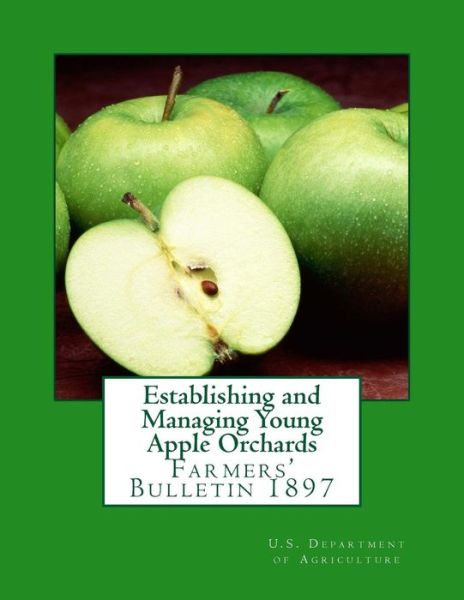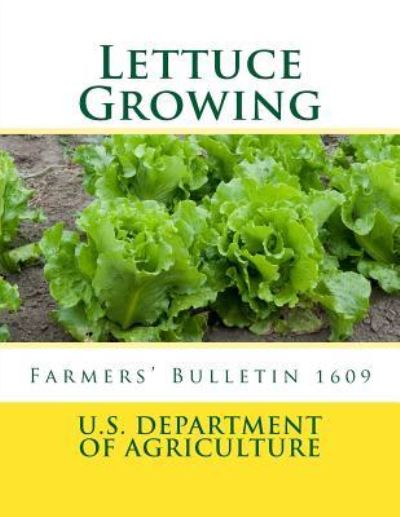
Recomienda este artículo a tus amigos:
Wildland Fire in Ecosystems: Effects of Fire on Flora
U S Department of Agriculture
Wildland Fire in Ecosystems: Effects of Fire on Flora
U S Department of Agriculture
Publisher Marketing: This state-of-knowledge review about the effects of fire on flora and fuels can assist land managers in planning for ecosystem management and fire management, and in their efforts to inform others about the ecological role of fire. Chapter 1 presents an overview and a classification of fire regimes that is used throughout the report. Chapter 2 summarizes knowledge of fire effects on individual plants, including susceptibility to mortality of aerial crowns, stems, and roots; vegetative regeneration; seedling establishment from on-site and off-site seed sources; seasonal influences such as carbohydrates and phenological stage; and factors affecting burn severity. Five chapters describe fire regime characteristics such as fire severity, fire frequency, and fire intensity, and postfire plant community responses for ecosystems throughout the United States and Canada. Typical fuel compositions, fuel loadings, and fire behavior are described for many vegetation types. Vegetation types including Forest-Range Environmental Study (FRES), Kuchler, and Society of American Foresters (SAF) types are classified as belonging to understory, mixed, or stand replacement fire severity regime types. The severity and frequency of fire are described for the pre-Euro-American settlement period and contrasted with current fire regimes. Historic fire frequencies ranged from a fire every 1 to 3 years in some grassland and pine types to a fire every 500 to 1,000 years in some coastal forest and northern hardwood types. In many vegetation types characterized by understory fire regimes, a considerable shift in fire frequency and fire severity occurred during the past century. Successional patterns and vegetation dynamics following disturbance by fire, and in some cases related grazing and silvicultural treatments, are described for major vegetation types. Management considerations are discussed, especially for the application of prescribed fire. A chapter on global climate change describes the complexity of a changing climate and possible influences on vegetation, fuels, and fire. The uncertainty of global climate change and its interactions with vegetation means expectations for fire management are general and tentative. Nonetheless, manipulation of wildlands and disturbance regimes may be necessary to ensure continual presence of some species. The last chapter takes a broader, more fundamental view of the ecological principles and shifting fire regimes described in the other chapters. The influences of fire regimes on biodiversity and fuel accumulation are discussed. Strategies and approaches for managing fire in an ecosystem context and sources of technical knowledge that can assist in the process are described. Research needs are broadly summarized.
| Medios de comunicación | Libros Paperback Book (Libro con tapa blanda y lomo encolado) |
| Publicado | 27 de octubre de 2012 |
| ISBN13 | 9781480199064 |
| Editores | Createspace |
| Genre | Topical > Ecology |
| Páginas | 266 |
| Dimensiones | 216 × 279 × 14 mm · 621 g |


![Cover for U S Department of Agriculture · The Classic USDA Farmers' Bulletin Anthology on Growing a Small-Scale City Vegetable Garden or Urban Farm (Hardcover Book) [Legacy edition] (2020)](https://imusic.b-cdn.net/images/item/original/378/9781643891378.jpg?u-s-department-of-agriculture-2020-the-classic-usda-farmers-bulletin-anthology-on-growing-a-small-scale-city-vegetable-garden-or-urban-farm-hardcover-book&class=scaled&v=1643019949)
![Cover for U S Department of Agriculture · The Classic USDA Farmers' Bulletin Anthology on Growing a Small-Scale City Vegetable Garden or Urban Farm (Paperback Book) [Legacy edition] (2020)](https://imusic.b-cdn.net/images/item/original/385/9781643891385.jpg?u-s-department-of-agriculture-2020-the-classic-usda-farmers-bulletin-anthology-on-growing-a-small-scale-city-vegetable-garden-or-urban-farm-paperback-book&class=scaled&v=1643019949)
![Cover for U S Department of Agriculture · The City and Suburban Vegetable Garden (Paperback Book) [Legacy edition] (2020)](https://imusic.b-cdn.net/images/item/original/415/9781643891415.jpg?u-s-department-of-agriculture-2020-the-city-and-suburban-vegetable-garden-paperback-book&class=scaled&v=1646346255)
![Cover for U S Department of Agriculture · The City Home Garden (Legacy Edition): The Classic USDA Farmers' Bulletin No. 1044 With Tips And Traditional Methods In Sustainable Gardening And Permaculture - Classic Farmers Bulletin Library (Paperback Book) [Legacy edition] (2020)](https://imusic.b-cdn.net/images/item/original/422/9781643891422.jpg?u-s-department-of-agriculture-2020-the-city-home-garden-legacy-edition-the-classic-usda-farmers-bulletin-no-1044-with-tips-and-traditional-methods-in-sustainable-gardening-and-permaculture-classic-farmers-bulletin-library-paperback-book&class=scaled&v=1615485325)
![Cover for U S Department of Agriculture · The Classic Farmers' Bulletin Anthology On Growing A Small-Scale Fruit And Vegetable Garden For The Backyard Or Homestead (Hardcover Book) [Legacy edition] (2020)](https://imusic.b-cdn.net/images/item/original/279/9781643891279.jpg?u-s-department-of-agriculture-2020-the-classic-farmers-bulletin-anthology-on-growing-a-small-scale-fruit-and-vegetable-garden-for-the-backyard-or-homestead-hardcover-book&class=scaled&v=1643019949)
![Cover for U S Department of Agriculture · The Classic Farmers' Bulletin Anthology On Growing A Small-Scale Fruit And Vegetable Garden For The Backyard Or Homestead (Paperback Book) [Legacy edition] (2020)](https://imusic.b-cdn.net/images/item/original/286/9781643891286.jpg?u-s-department-of-agriculture-2020-the-classic-farmers-bulletin-anthology-on-growing-a-small-scale-fruit-and-vegetable-garden-for-the-backyard-or-homestead-paperback-book&class=scaled&v=1646498239)
![Cover for U S Department of Agriculture · The Small Vegetable Garden (Paperback Book) [Legacy edition] (2020)](https://imusic.b-cdn.net/images/item/original/293/9781643891293.jpg?u-s-department-of-agriculture-2020-the-small-vegetable-garden-paperback-book&class=scaled&v=1652560095)
![Cover for U S Department of Agriculture · The Farm Garden (Paperback Book) [Legacy edition] (2020)](https://imusic.b-cdn.net/images/item/original/309/9781643891309.jpg?u-s-department-of-agriculture-2020-the-farm-garden-paperback-book&class=scaled&v=1652560095)
![Cover for U S Department of Agriculture · Planning A Subsistence Homestead (Legacy Edition): The Classic USDA Farmers' Bulletin No. 1733 With Tips And Traditional Methods In Sustainable Gardening And Permaculture - Classic Farmers Bulletin Library (Paperback Book) [Legacy edition] (2020)](https://imusic.b-cdn.net/images/item/original/316/9781643891316.jpg?u-s-department-of-agriculture-2020-planning-a-subsistence-homestead-legacy-edition-the-classic-usda-farmers-bulletin-no-1733-with-tips-and-traditional-methods-in-sustainable-gardening-and-permaculture-classic-farmers-bulletin-library-paperback-book&class=scaled&v=1624566565)






















